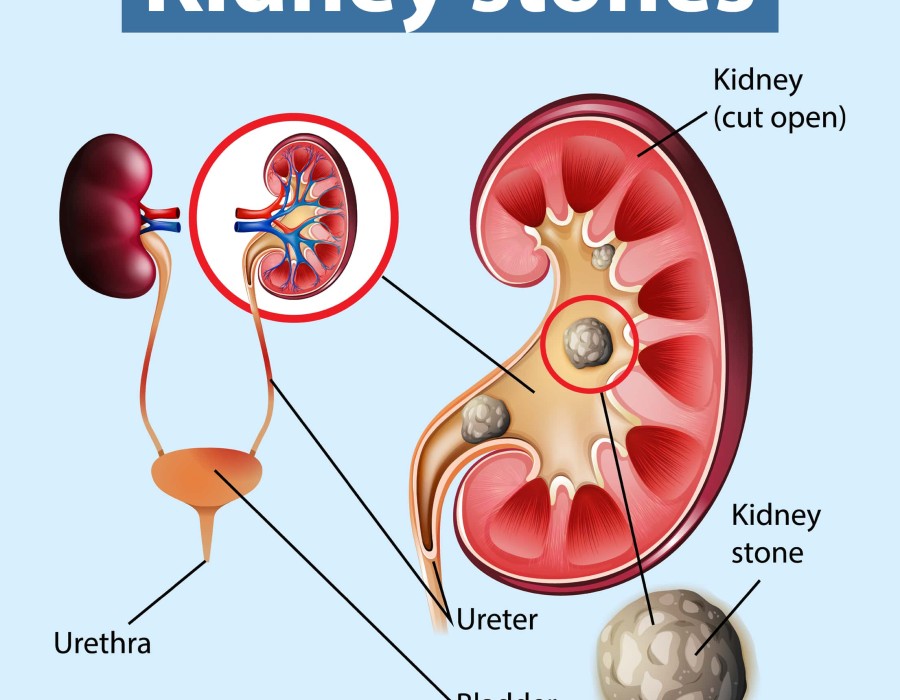Kidney stones are a common condition that affects millions of people worldwide. These small, hard mineral deposits can cause severe pain and discomfort when they obstruct the urinary tract. Fortunately, several treatment options are available to help manage kidney stones effectively. In this article, we'll explore the different treatment options, ranging from conservative measures to more invasive procedures.
1. Watchful Waiting:
For small kidney stones that are likely to pass on their own, doctors may recommend a period of watchful waiting. During this time, patients are advised to stay hydrated and manage pain with over-the-counter medications. Regular monitoring through imaging tests like ultrasound or CT scans helps track the progress of the stone and determine if further intervention is necessary.
2. Medications:
Certain medications can help facilitate the passage of kidney stones or alleviate symptoms associated with them. These may include:
- Pain relievers: Nonsteroidal anti-inflammatory drugs (NSAIDs) or opioids can help manage pain during stone passage.
- Alpha-blockers: These drugs relax the muscles in the ureter, making it easier for small stones to pass.
- Medications to control underlying conditions: Depending on the type of kidney stone, medications may be prescribed to prevent their formation, such as thiazide diuretics for calcium stones or allopurinol for uric acid stones.
3. Extracorporeal Shock Wave Lithotripsy (ESWL):
ESWL is a non-invasive procedure that uses shock waves to break kidney stones into smaller fragments, making them easier to pass. During the procedure, the patient lies on a water-filled cushion, and shock waves are delivered through the skin to the targeted stone. While ESWL is generally effective for smaller stones, larger stones may require multiple sessions or additional treatments.
4. Ureteroscopy:
Ureteroscopy involves the use of a thin, flexible scope (ureteroscope) to directly visualize and remove kidney stones located in the ureter or kidney. The scope is inserted through the urethra and bladder into the ureter, allowing the surgeon to identify and fragment the stone using lasers or other instruments. Ureteroscopy is particularly effective for larger stones or those that are resistant to other treatment methods.
5. Percutaneous Nephrolithotomy (PCNL):
PCNL is a minimally invasive surgical procedure used to remove large kidney stones or stones that cannot be effectively treated with other methods. During PCNL, a small incision is made in the back, and a nephroscope is inserted directly into the kidney to locate and remove the stone. This procedure is often recommended for complex cases or when other treatments have failed.
6. Surgical Intervention:
In rare cases where other treatments are unsuccessful or the kidney stone is causing complications such as urinary tract obstruction or recurrent infections, surgical intervention may be necessary. Traditional open surgery (nephrolithotomy) may be performed to remove the stone directly from the kidney.
Conclusion:
The treatment of kidney stones varies depending on factors such as the size and location of the stone, as well as the patient's overall health and medical history. While many kidney stones can be managed with conservative measures or minimally invasive procedures, some cases may require surgical intervention. It's essential for individuals experiencing symptoms of kidney stones to consult with a healthcare professional to determine the most appropriate treatment plan for their specific situation.





Comments